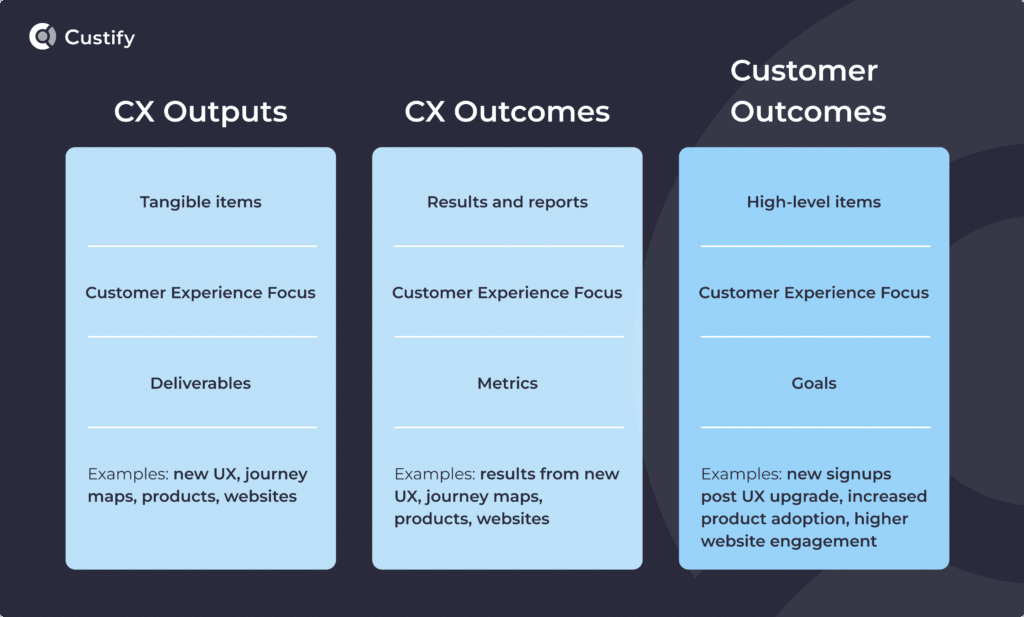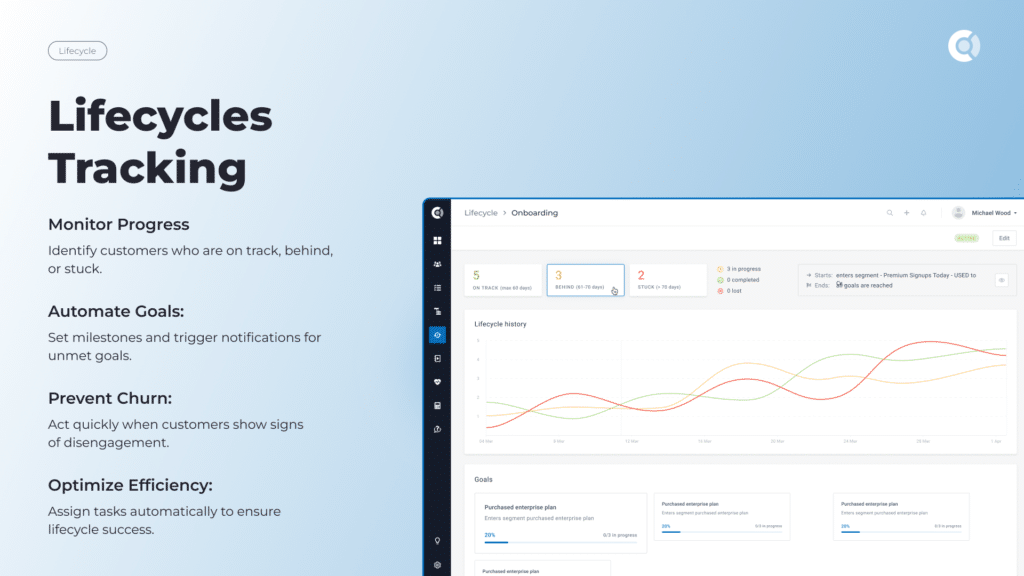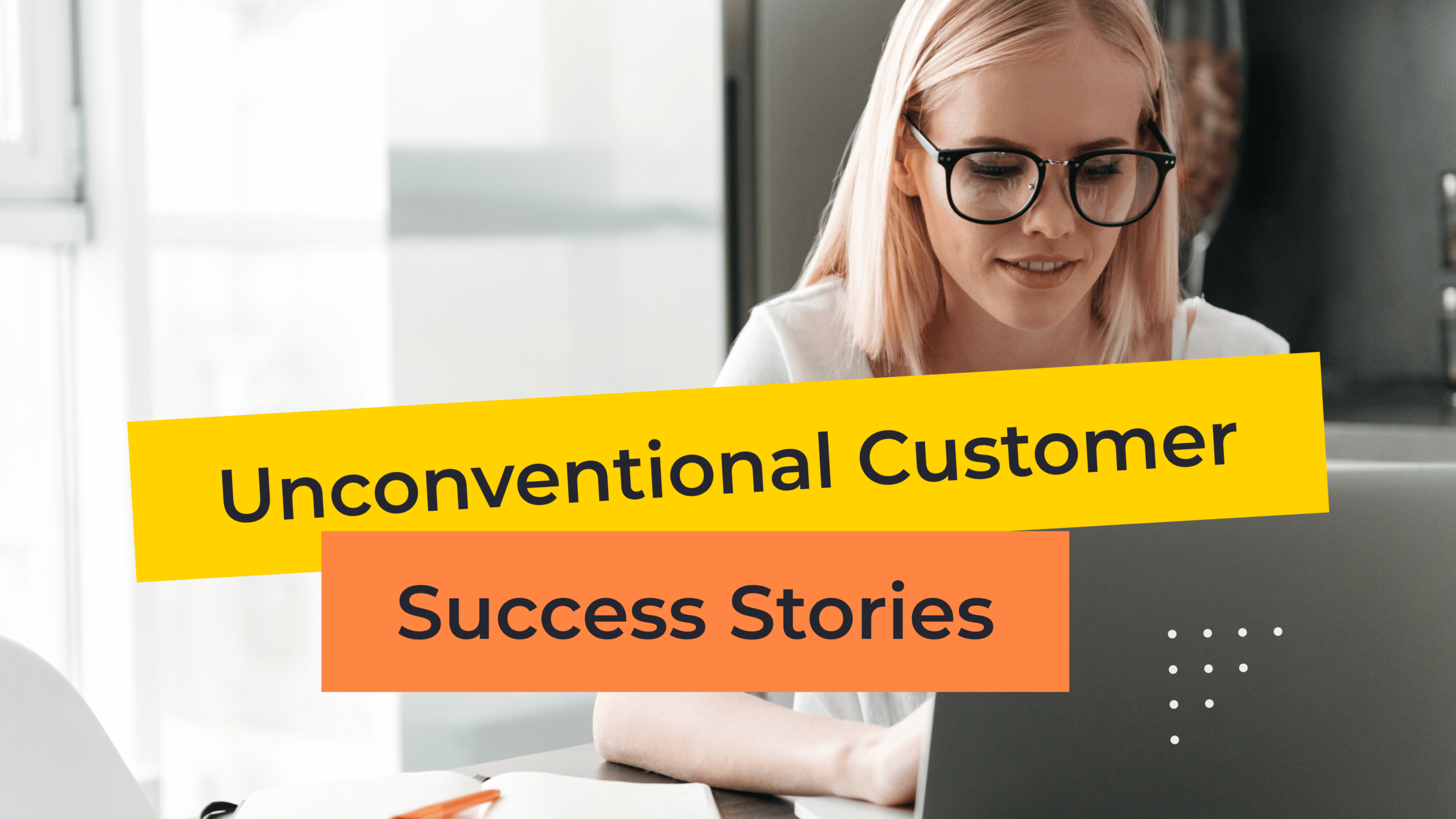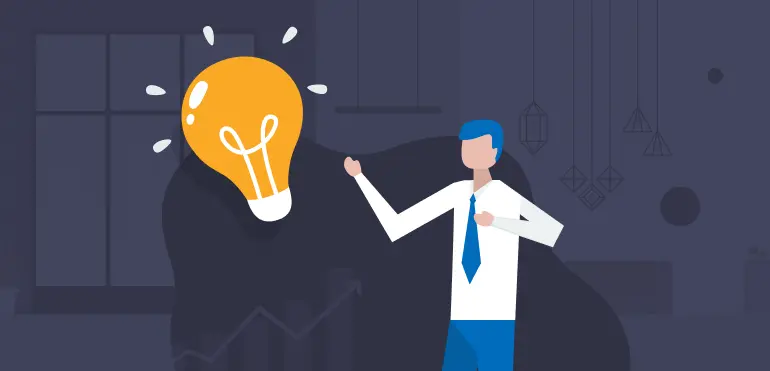Put a few customer success managers in a room and ask them to talk about customer mindset, and they’ll probably be there for hours.
It’s funny as much as it’s true – in CS, we love to debate what it means to have a customer mindset.
To that end, for today’s article, I put together a roundup of thoughts and opinions, actionable tactics and advice on operating with a customer mindset.
What Does It Mean to Have a Customer Mindset? CS Leaders Answer
1. Anticipating Customer Needs and Helping Them Win
Having a customer mindset means you’re constantly putting yourself in the customer’s shoes. You’re not just reacting, you’re anticipating needs, spotting opportunities, and helping them win.
– Tylor Setzer-Wylie, Customer Success Engineer, Open Raven
2. Embedding Customer Perspectives into Internal Processes
Having a customer mindset means embedding the customers’ perspective into processes and workflows. It starts with understanding customers’ perspective through listening to all and analyzing their signals (social, support conversations, CSM interactions, peer community engagement, purchasing and adoption behavior). The next step is designing journeys based on this knowledge, and leveraging the customers’ perspective throughout each work step. Embedding it into processes and workflows will ensure it gets considered when designing journeys, creating enablement material, developing products/services, updating support processes, etc.
– Andrew Carothers, AI & Digital Customer Experience Expert
3. Understanding Your Customers’ Success Is Your Success
In short, customer mindset is keeping customers’ success as your success.
Example: Customer wants to have a feature to report data from the field. As a CSM, you understand the requirement, work with the product team, and bring a solution. You build it, make it live – you delivered what the customer wanted. As a CSM, you did the job well, let’s say the product went live, but the customer is not trained to use it well, mostly this feature remained unused by the customer, thus the end problem of reporting data from the field is still unsolved.
In this case, as a customer mindset, you train the end customer on the feature, make sure they are using it, and finally, they are able to collect field data.
– Ankit P., Head of Customer Success, Wayground
4. Driving the Roadmap Through Customer Outcomes
A true customer mindset means anchoring at least 80% of the roadmap to measurable customer outcomes.
At Custify we learned this the hard way: a fintech client’s onboarding took 14 days. Instead of polishing two UI “nice-to-haves,” we shipped pre-built data-mapping templates.
Results: time-to-first-value fell to 3 days, feature adoption rose 35 %, and net revenue retention climbed 7 points in one quarter.
Every sprint now opens with three questions:
- Which concrete customer pain does this solve?
- How will we measure impact in the first 30 days?
- What internal blocker must we remove to ship fast?
If a story can’t answer all three, it gets parked, no matter how “brilliant” it sounds in a workshop.
– Philipp Wolf, Founder & CEO, Custify

5. Conducting Thorough Market Research
It is crucial for businesses to invest in market research to anticipate and understand customer needs. The ability to read the customer’s mindset allows for meaningful innovation and problem-solving. Customer satisfaction is the ultimate goal, and success in achieving it depends on fulfilling customer desires in a timely and data-driven manner. Entrepreneurs should make it a priority to become adept at understanding their target market’s mindset to ensure the success of their endeavors.
– Uwera Steven, Business Strategist, Operations Manager, Afrinnovators Group Ltd, Understanding Customer Wants for Business Success
6. Following the Scientific Approach
The key is understanding how your customers think. Organisations need to better analyse their data to really understand their customers’ mindsets and thinking patterns to better engage with them. Going beyond the insight delivered through demographic or behavioural targeting is a game changer.
This sounds straightforward, but how can we understand customer mindset? Using neuroscience allows us to capture real data on decision making as it relates to a particular situation. This kind of data allows you to understand precisely how and why individuals are making decisions and use this to influence their next decision.
There are three elements to consider when understanding mindset:
- Demographics: the study of a population based on common characteristics such as age, gender, income and education.
- Psychographics: the qualitative study of people based on their expressed attitudes, values, beliefs and behaviours.
- Sociographics: the study of the individual and the way they approach their decision making, such as personal needs, profile, attitudes and passions.
By bringing together all three you can identify the consumer’s mindset to deliver actionable insights.
– Andrew Aitken, Head of Business Development & Customer Success @ SERV, Understanding your customers using the science of mindsets
7. Using Psychological Information to Personalize Offers
Understanding customer mindset can help you identify degradation in economic performance because you’ve organized people according to mindset as opposed to media definitions. What your product is accomplishing for different groups of people can be discovered by understanding not just why people buy but who they are. For example, one group of people may love your product while another group might require a discount to be interested. The level of discounting and ultimate acquisition cost is most likely connected to just how different these groups are psychologically. It’s not just a blanket statement but it can be quantified.
– Christopher J Skinner, CEO @ Stealth Dog Labs, How Understanding Customer Mindset Can Help Your Business Mode
8. Budgeting for the “Success Gap,” Not the Renewal Date
We tag every account with a “next-aha” milestone—the exact action users must complete to feel value, then budget enablement right there: a 5-minute Loom, an API snippet, or an in-app walkthrough.
When product telemetry showed power users exporting raw CSVs five times a week, we launched pivot reports plus CSM-led micro-workshops.
Outcomes: exports dropped 60%, in-app report use jumped 42%, and churn in that cohort fell 18%.
If you wait for QBRs to surface blockers, you’re already negotiating discounts. Instrument your product to surface gaps in real-time, and empower CSMs to close them before customers even feel friction.
– Irina Vatafu, Head of Customer Success, Custify

Should You Adopt a Customer Mindset in Your Organization
Having a customer mindset is not simply useful, it’s becoming essential. We’re increasingly seeing that companies that prioritize customer success invariably boost their own success. The 2025 State of Customer Experience shows personalization is a key factor in driving customer loyalty, and it’s only set to grow with the use of AI for customer retention.
Key Benefits of a Customer Mindset
- Let’s recap some of the benefits of operating with a customer mindset.
- Anticipating opportunities and helping customers reach their goals.
- Optimizing your customer journey and internal processes for CS.
- Understanding when to go the extra mile in customer interactions.
- Analyzing customer success through measurable customer outcomes.
- Learning as much as possible about your customer base.
- Following a scientific approach to customer relationship management.
- Optimizing your budget for optimal success delivery.
If you want a tool and an ally that can help you get focused on your customers’ goals, schedule a demo with us today. Custify can help with personalized work sessions and concierge onboarding designed to put your needs and the needs of your customers at the center of our joint strategy.




